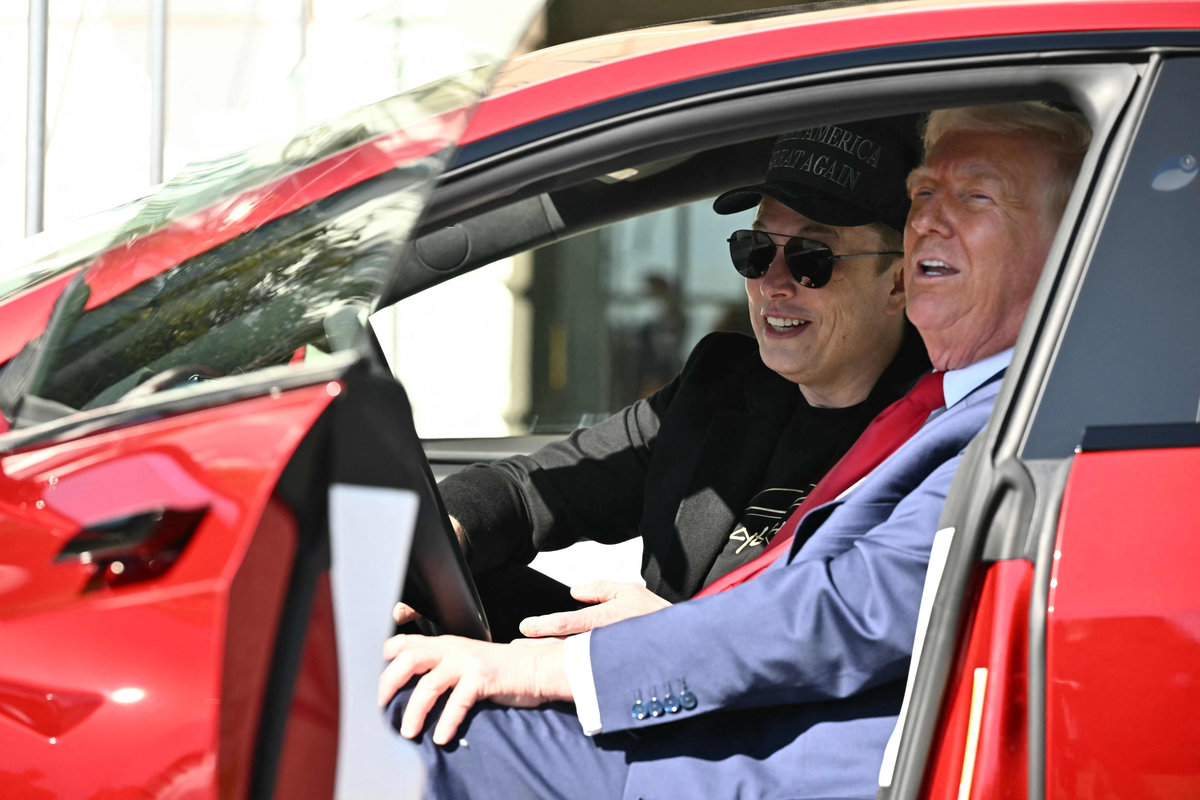EVER notice how certain things that seem off at first gradually fade into the background? Like someone jaywalking across a busy road even though there is a perfectly good pedestrian bridge just a few steps away. Or that small crack in the pavement you just stepped over without a second thought.
It happens all the time, doesn’t it? But what if these seemingly “normal” little compromises are quietly piling up – gradually making things less safe for all of us?
That is something I have been thinking about a lot lately. In fact, I brought up this very idea – what experts call the “normalisation of deviance” – while speaking at a recent safety seminar hosted by the Federation of Malaysian Manufacturers.
Basically, it is when we slowly get used to things that are not quite right – until they start to feel normal. And before we know it, what was once a red flag becomes invisible, allowing real dangers to hide in plain sight.
Just look around us. Take our motorcyclists, for example. We have built dedicated lanes for them on highways – a smart move, especially considering that more than 70% of road accident fatalities in Malaysia sadly involve motorcyclists.
The Malaysian Institute of Road Safety Research (Miros) have found that these lanes have reduced crashes by a significant 39%. Yet, what is a common sight? Many motorcyclists still prefer riding between cars and lorries, despite having a safer lane available.
Their reasons may be understandable and they deserve our attention: narrow lanes, poor maintenance, poorly lit stretches and even fears of robbery. These are real concerns that must be addressed.
However, here is the unsettling part: when police patrol cars and police on motorcycles are seen riding alongside these motorcyclists on the main roads, it is almost like an unspoken understanding. “Sure, we know there is a dedicated lane but this is just how things are.”
This subtle message and quiet acceptance make a dangerous choice feel normal. It is a clear reminder that we truly need to look out for each other – right down to the smallest details of our daily habits.
Then there are the garbage trucks – piled high with trash, looking like Jenga towers ready to topple at any moment. This has become a familiar sight that most of us just shrug off.
I have had foreign friends visiting Malaysia who found it so amusing they snapped photos – it has become a peculiar tourist attraction! But let’s be honest with ourselves: Is it truly safe?
Yet, when we see police cars cruising past these visibly over-stacked vehicles, seemingly unfazed, it sends a powerful, if unintended, message: “This is fine.”
And just like that, a risky act becomes part of our everyday landscape – a “normal” fixture in Malaysia.
These examples from our roads are like a mirror reflecting what might be happening in our workplaces.
We proudly display “safety first” signs, big and colourful. We talk about safety in meetings. But at certain small construction sites, it is common to see workers high up on structures without helmets or safety harnesses – a sight so frequent it almost feels normal.
Sometimes, workers even joke that safety signs are just for show, meant to satisfy the authorities. This is truly disheartening.
We preach safety but let shortcuts become routine. It is a subtle yet dangerous shift where rules exist only on paper, not in practice.
Let us not forget the recent, painful LRT incidents: just months apart – one involving a visually impaired man in February and another claiming the
life of a Taiwanese visitor in June – which brought these safety issues into sharp focus.
It was reassuring to hear our minister repeatedly emphasise “safety first”. Yet heartbreakingly, the follow-up discussion focused not on quickly installing critical safety features like platform screen doors but on budget concerns.
As a society, and especially as decision-makers, we should never be debating finances when lives are at stake.
This, too, reveals a troubling “normal” in our culture, where other priorities quietly push essential safety measures aside.
The normalisation of deviance is a silent threat – a slow poison to our safety culture. It starts small, almost an imperceptible bending of the rules.
But if we stay silent and accept it as “just the way things are”, those small lapses can snowball into serious, undeniable problems.
Once these deviations become widely accepted, correcting them will become incredibly difficult because many may no longer see the difference between right and wrong, let alone support efforts to fix it.
So what can we – as members of the public and as authorities – do? First, we need to open our eyes and challenge this silent acceptance.
It starts with questioning the “normal” things that do not feel right. If you see something unsafe, speak up. If you are in a position of authority, enforce the standards, do not just issue reminders.
Let us truly commit to a safety culture that is real, not just for show because when it comes to safety, there should be no such thing as “that is just how we do things”.









